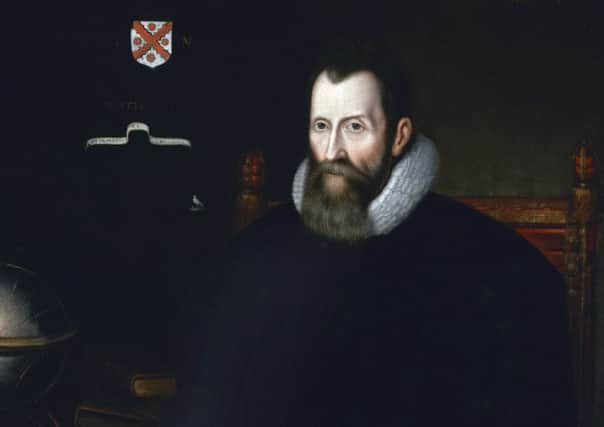Rev Dr John Cameron: John Napier's achievements cannot be overestimated


In fact when I was at school in the 1950s I was still using a dog-eared book of his tables to help me to determine roots, products, and quotients in applied maths, physics and astronomy. I won’t weary you with an attempt to explain the method of their construction but simply say that “logs” were of enormous value in simplifying the calculations needed in science. In those days the computer was still over the horizon.
Today medical students can be identified by the stethoscope around their neck, but in in my day young physicists wore a slide-rule on their belts like gun-fighters in the old West.
Advertisement
Hide AdAdvertisement
Hide AdIt was a mechanical analogue computer and based on Napier’s work, remaining an essential tool until handheld electronic scientific calculators made it obsolete in the late 1960s. Log tables and slide rules are only found today in museums but some phenomenal engineering was accomplished using these devices including the early space program. When you look at the ships and aircraft of the Second World War including Germany’s fabulous jet fighter the Me 262, just remember these were designed with Napier devices.
Yet when I look back, the tedium of cracking the kinds of equations found in advanced physics or engineering was so extreme I am amazed anyone ever entered the field. When I left school I wanted to follow my uncles into journalism but my father insisted I study maths and physics at university even though I would have preferred economics. In the end I agreed and perversely even stayed on to do a Physics PhD for what seemed at the time a perfectly good reason – I had a place in the university golf team.
In fact things didn’t really get much easier when St Andrews bought an IBM 1620 computer because we had to learn the computer language FORTRAN and write our own programs. The IBM 1620 was rightly loathed and nicknamed CADET (Can’t Add, Doesn’t Even Try) which referred to the use of addition tables in memory rather than dedicated addition circuitry. But I have to admit all that changed in my last term at St Andrews when we finally got the IBM 360 (the 360 degree or ‘all-around’ computer) which really was a serious bit of kit.
I don’t think David Hume’s claim that Napier was the greatest-ever Scottish intellect can be sustained when one thinks of James Clerk Maxwell, Adam Smith or even Hume himself.
However 400 years after his death, and as we prepare to celebrate engineering achievement with the opening of the UK’s tallest bridge, the Queensferry Crossing, it is difficult to overestimate the value of Napier’s contribution to computers and modern engineering.
Rev Dr John Cameron lives in St Andrews. He is a retired minister, with doctorates in both science and theology.